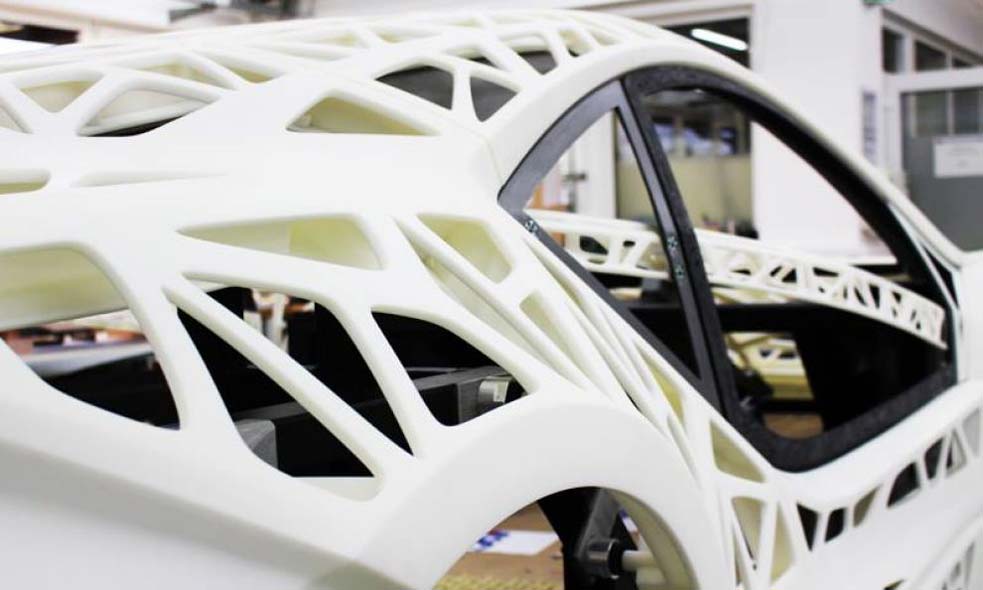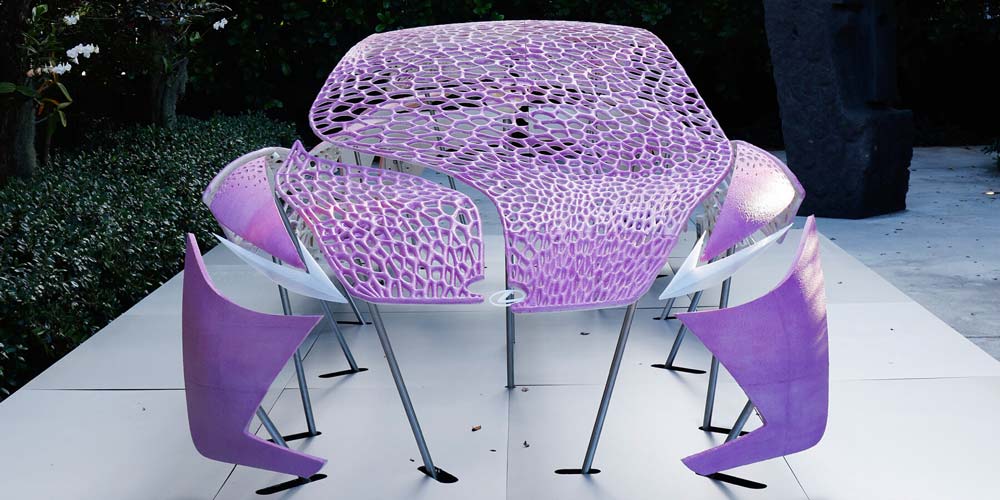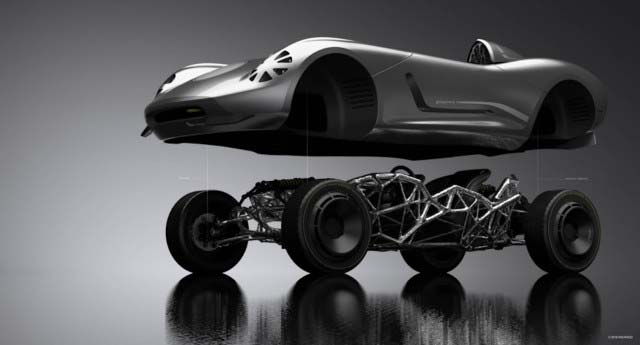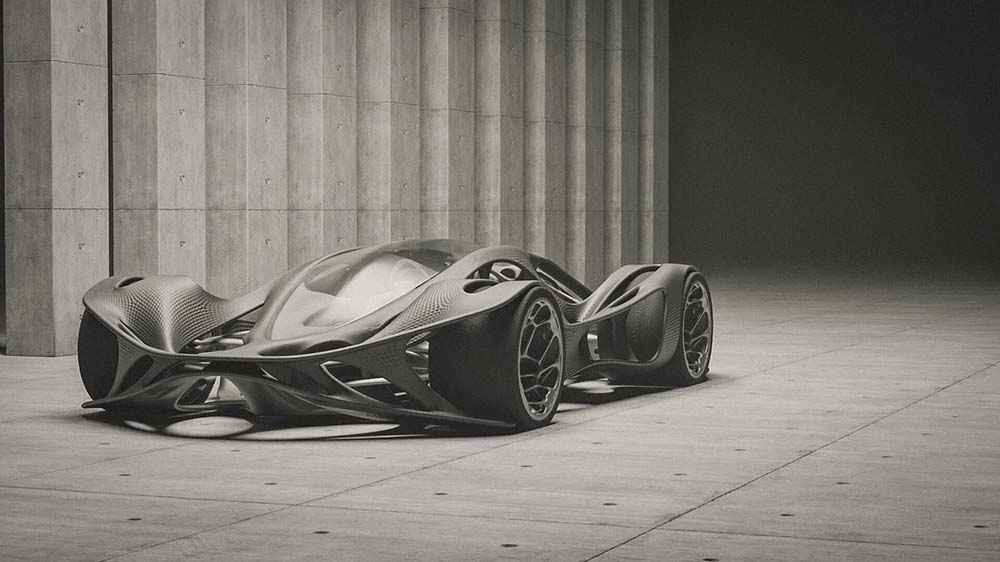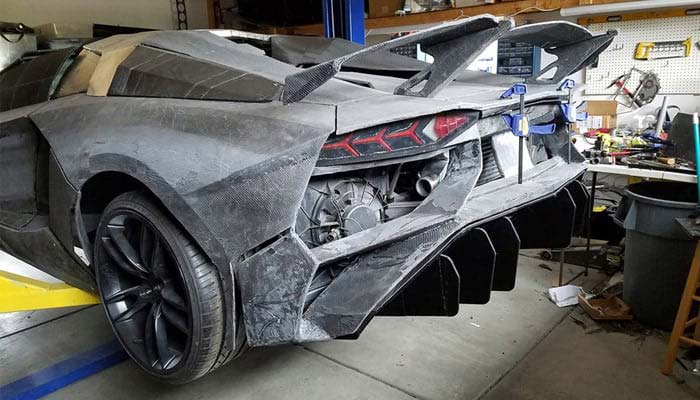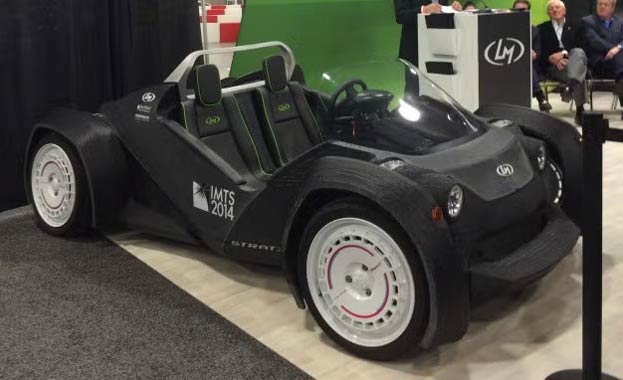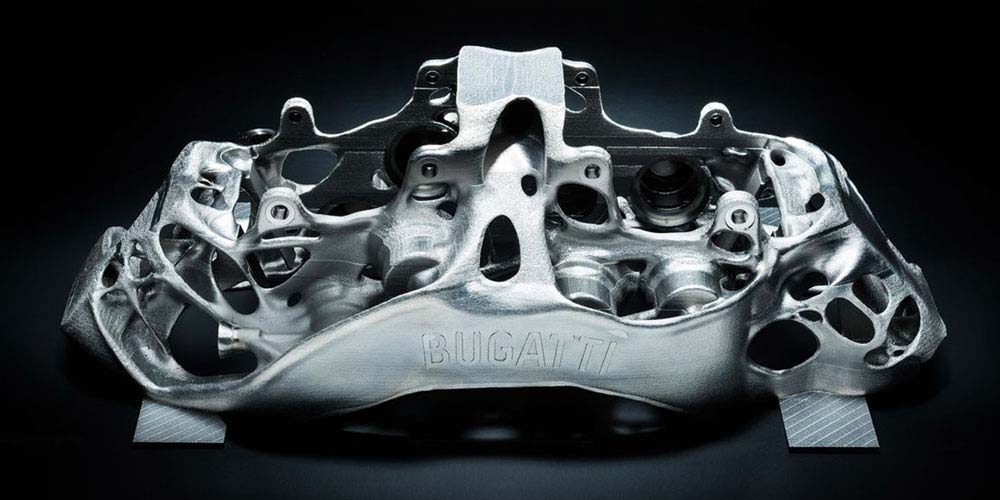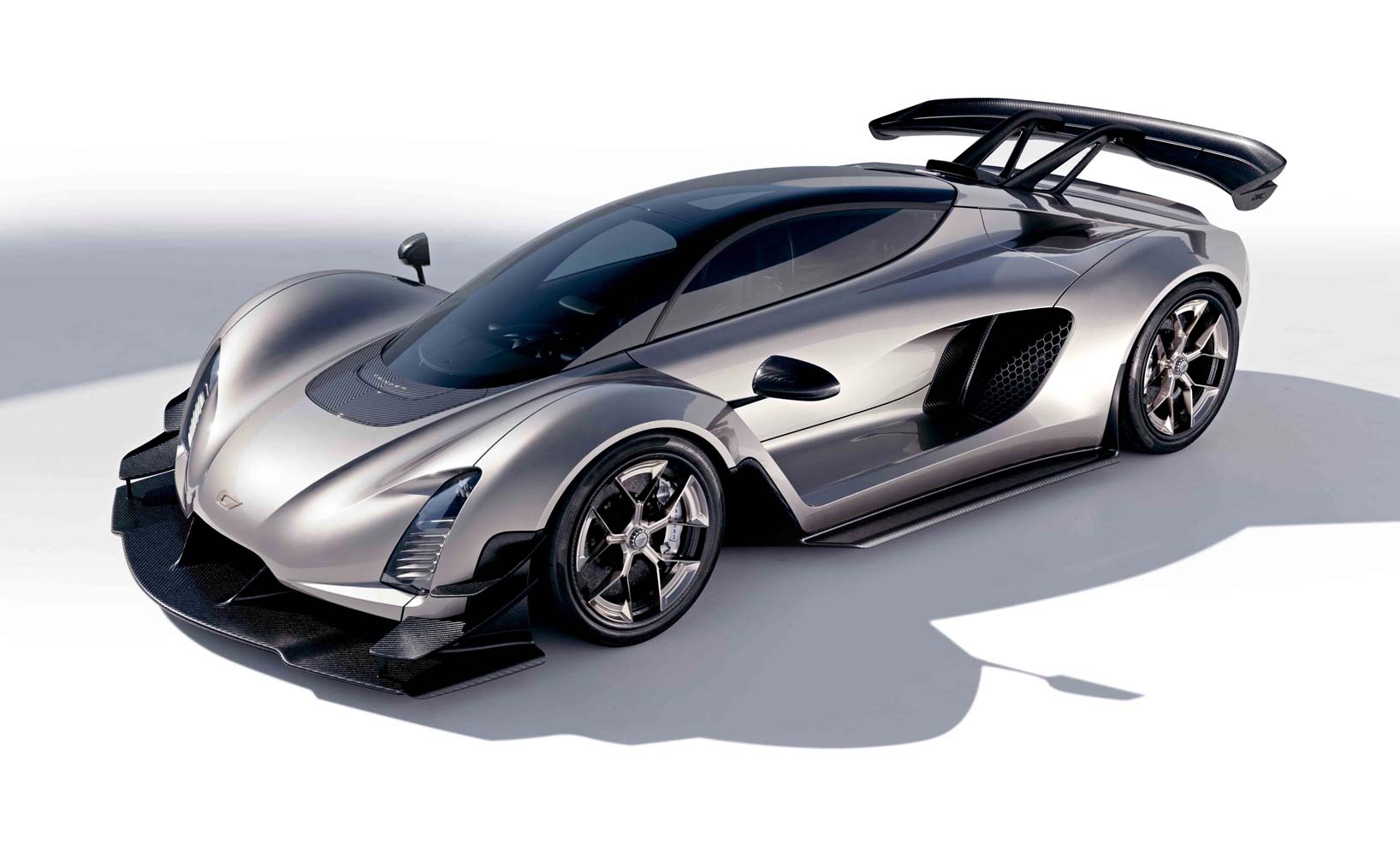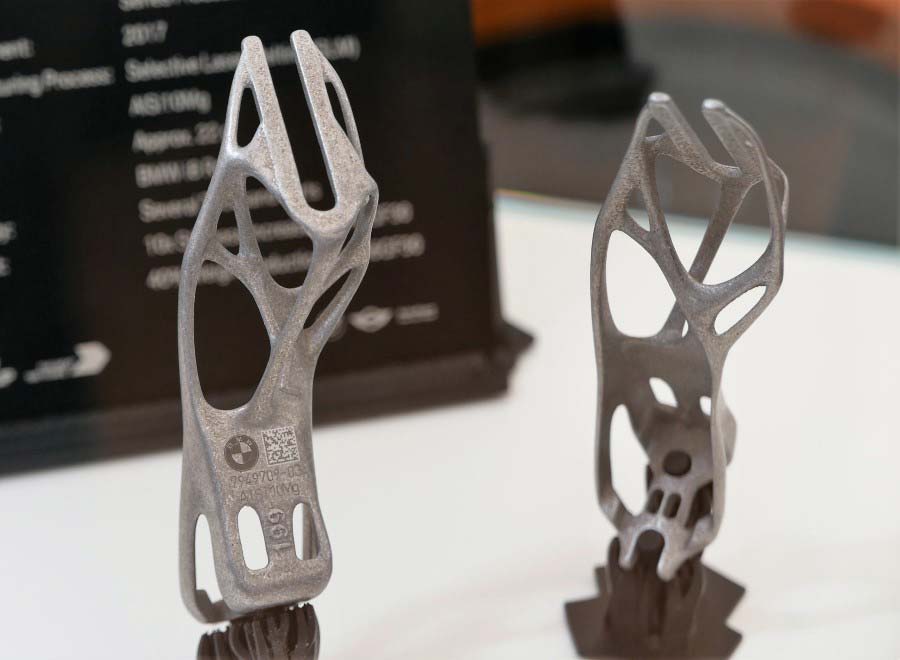3D Printing in Car Design: Revolutionizing the Automotive Design

Table of Contents
- Introduction: The Rise of 3D Printing in Car Design
- How 3D Printing Works in the Automotive Industry
- Advantages of 3D Printing in Car Design
- Applications of 3D Printing in Automotive Manufacturing
- Notable Examples of 3D-Printed Cars
- The Future of 3D Printing in the Automotive Industry
- Conclusion: A New Era of Car Manufacturing
- References
Introduction: The Rise of 3D Printing in Car Design
The automotive industry is continuously evolving, with new technologies shaping how cars are designed and manufactured. One of the most groundbreaking innovations in recent years is 3D printing, which has transformed the way automakers prototype, test, and even produce entire car components.
Once considered a futuristic concept, 3D printing has now become a critical tool for car designers, allowing for greater flexibility, reduced costs, and more efficient production processes. This blog post explores how 3D printing is revolutionizing car design and what it means for the future of the industry.
How 3D Printing Works in the Automotive Industry
3D printing, also known as additive manufacturing, is a process that creates objects layer by layer from digital designs. Unlike traditional manufacturing methods, which involve cutting, molding, or assembling parts, 3D printing builds components from the ground up, using materials such as plastics, metals, and even carbon fiber composites.
In car design, 3D printing is used for various applications, including:
- Rapid prototyping – Creating scale models and functional prototypes for testing.
- Customization – Designing personalized car components tailored to customer preferences.
- Lightweight components – Producing strong yet lightweight parts to improve fuel efficiency.
With the advancement of industrial-grade 3D printers, automakers can now produce complex geometries that were previously impossible to manufacture using traditional methods.
Advantages of 3D Printing in Car Design
The adoption of 3D printing in car design offers several advantages, including:
1. Faster Prototyping and Development
Traditional car design processes can take weeks or months to create prototypes. With 3D printing, designers can develop and test new models within days, accelerating innovation and reducing time-to-market.
2. Cost Reduction
3D printing eliminates the need for expensive molds, casting, and tooling, making the manufacturing process more affordable, especially for limited production runs or concept cars.
3. Enhanced Design Flexibility
Unlike conventional methods, 3D printing allows designers to create complex shapes and structures that would be impossible or too costly to produce using traditional manufacturing techniques.
4. Lightweight and High-Performance Materials
Many 3D-printed car parts are made from lightweight composite materials such as carbon fiber and titanium. This reduces the overall weight of the vehicle, improving performance and fuel efficiency.
5. Sustainability and Reduced Waste
3D printing is an eco-friendly solution since it produces minimal waste compared to subtractive manufacturing processes like milling and machining. Some companies are even exploring the use of recycled materials in 3D-printed car parts.
Applications of 3D Printing in Automotive Manufacturing
3D printing is already being used in various aspects of car production, including:
1. Concept Cars and Prototyping
Automakers use 3D printing to create life-sized concept car models for wind tunnel testing and aerodynamic evaluations before finalizing designs.
2. Custom and Performance Parts
Companies like Bugatti and Koenigsegg use 3D printing to manufacture custom high-performance components, such as lightweight titanium brake calipers and heat-resistant engine parts.
3. Interior Components and Personalization
Luxury car manufacturers use 3D printing to create custom dashboard elements, trim pieces, and ergonomic seats, offering clients a higher degree of personalization.
4. Fully 3D-Printed Cars
Several startups and automakers have experimented with printing entire chassis and body panels using advanced additive manufacturing.
5. Notable Examples of 3D-Printed Cars
Several companies have made headlines by incorporating 3D printing into their car designs. Some of the most notable examples include:
Local Motors – The Strati (2014)
Local Motors created the first 3D-printed car, called the Strati, which was printed in just 44 hours and featured a fully 3D-printed chassis and body.
Bugatti – 3D-Printed Titanium Brake Calipers
Bugatti has developed the world’s first 3D-printed titanium brake caliper, which is lighter, stronger, and more heat-resistant than traditionally manufactured components.
Czinger 21C – The First Hypercar with 3D-Printed Parts
The Czinger 21C, a hybrid hypercar, is built using 3D-printed chassis and suspension components, offering unprecedented strength-to-weight ratios.
BMW – 3D-Printed i8 Roadster Roof Brackets
BMW has integrated 3D-printed metal brackets into its i8 Roadster, demonstrating how additive manufacturing can be used for both structural integrity and weight reduction.
6. The Future of 3D Printing in the Automotive Industry
As 3D printing technology continues to evolve, its role in car manufacturing will only expand. Some future trends include:
- Mass Production of 3D-Printed Cars – As printers become faster and more efficient, entire cars could be produced using additive manufacturing, reducing reliance on traditional assembly lines.
- 3D-Printed Electric Vehicles (EVs) – Companies are experimenting with fully 3D-printed EVs, integrating lightweight materials to maximize battery efficiency.
- Self-Healing Materials – Scientists are developing self-repairing materials that could be 3D-printed into car components, reducing maintenance needs.
- On-Demand Replacement Parts – Instead of mass-producing spare parts, manufacturers could print custom components on demand, reducing inventory waste.
With these advancements, 3D printing could redefine the entire automotive supply chain, making production faster, more cost-effective, and environmentally friendly.
7. Conclusion: A New Era of Car Manufacturing
3D printing is no longer just an experimental technology—it is rapidly becoming a game-changer in the automotive world. By enabling faster prototyping, greater customization, and lightweight, high-performance materials, 3D printing is revolutionizing how cars are designed and manufactured.
As automakers continue to explore new ways to integrate additive manufacturing, we may soon see a future where entire vehicles are printed in hours, offering unprecedented flexibility and efficiency. Whether it’s concept cars, custom components, or fully printed vehicles, 3D printing is paving the way for a new era of automotive innovation.
8. References
- Thompson, R. (2020) 3D Printing in the Automotive Industry: The Future of Manufacturing. New York: HarperTech Press.
- Smith, J. (2019) Additive Manufacturing in Car Design: How 3D Printing is Changing the Industry. London: AutoTech Publishing.
- Czinger, K. (2021) The Hypercar Revolution: How 3D Printing is Changing Performance Cars. Stuttgart: MotorTech.
- Forbes, M. (2022) Sustainable Automotive Innovation: The Role of 3D Printing in Reducing Waste. Chicago: GreenTech Publications.
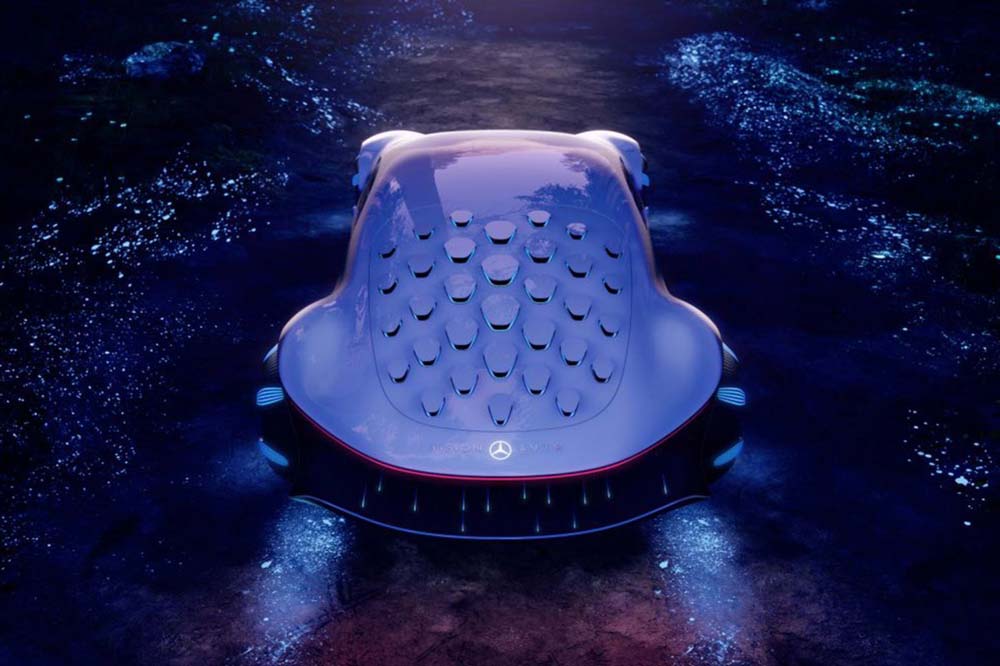
Introduction: The Growing Influence of Bio-Inspired Design As the automotive industry moves towards more sustainable, efficient, and innovative designs, bio-inspired…
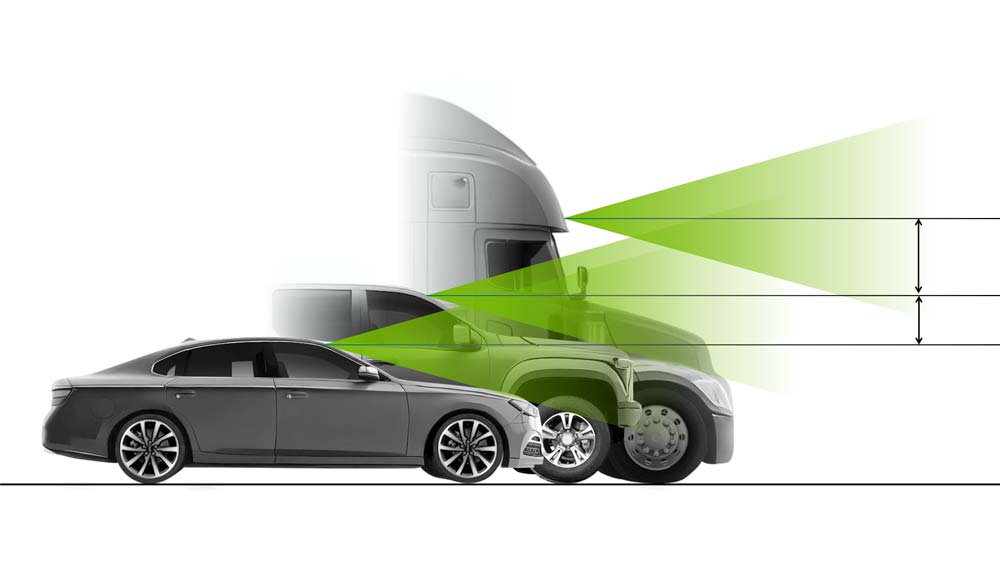
The world of vehicle design is rapidly evolving with the rise of autonomous technology, and architects and designers alike are…
